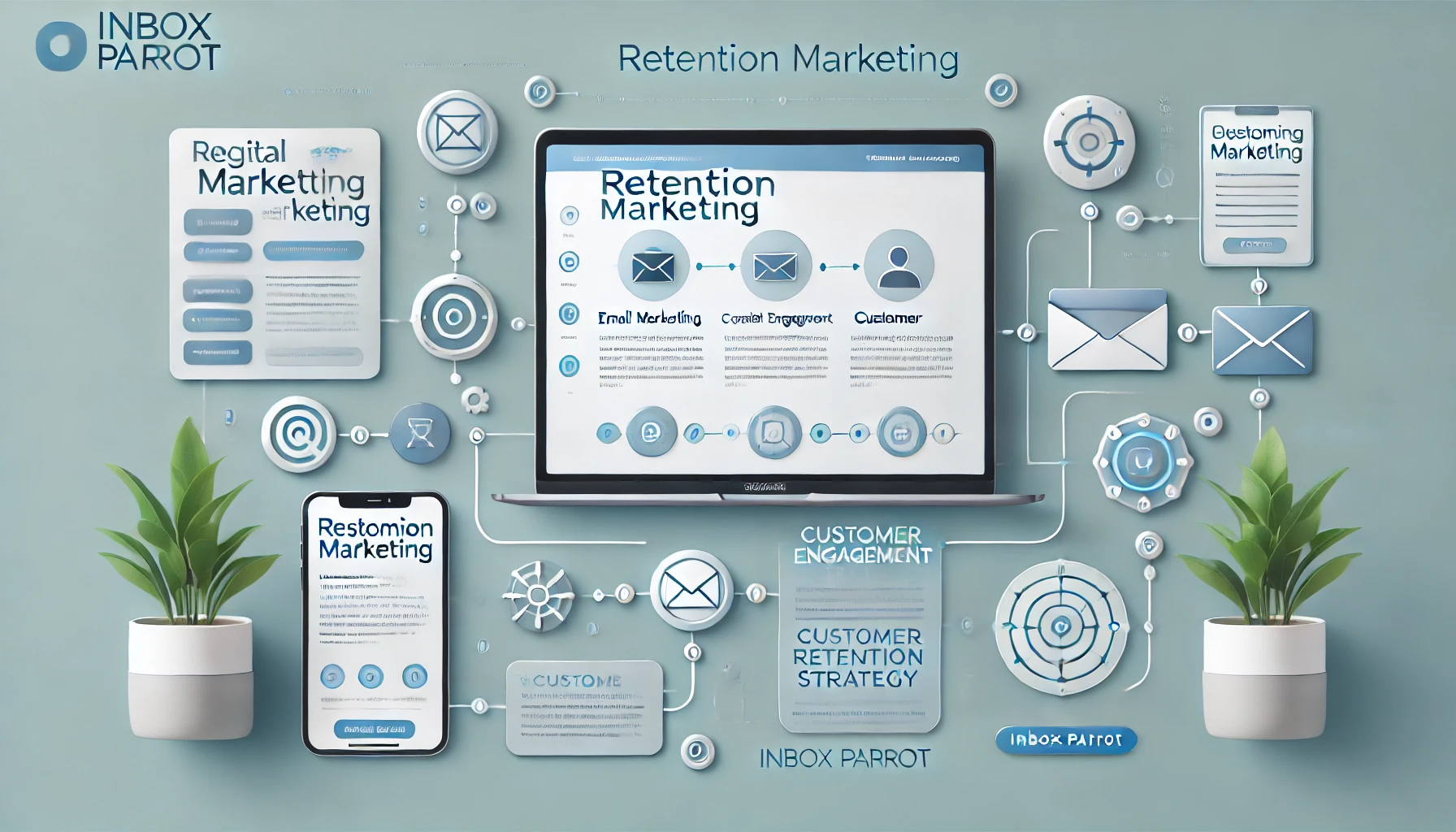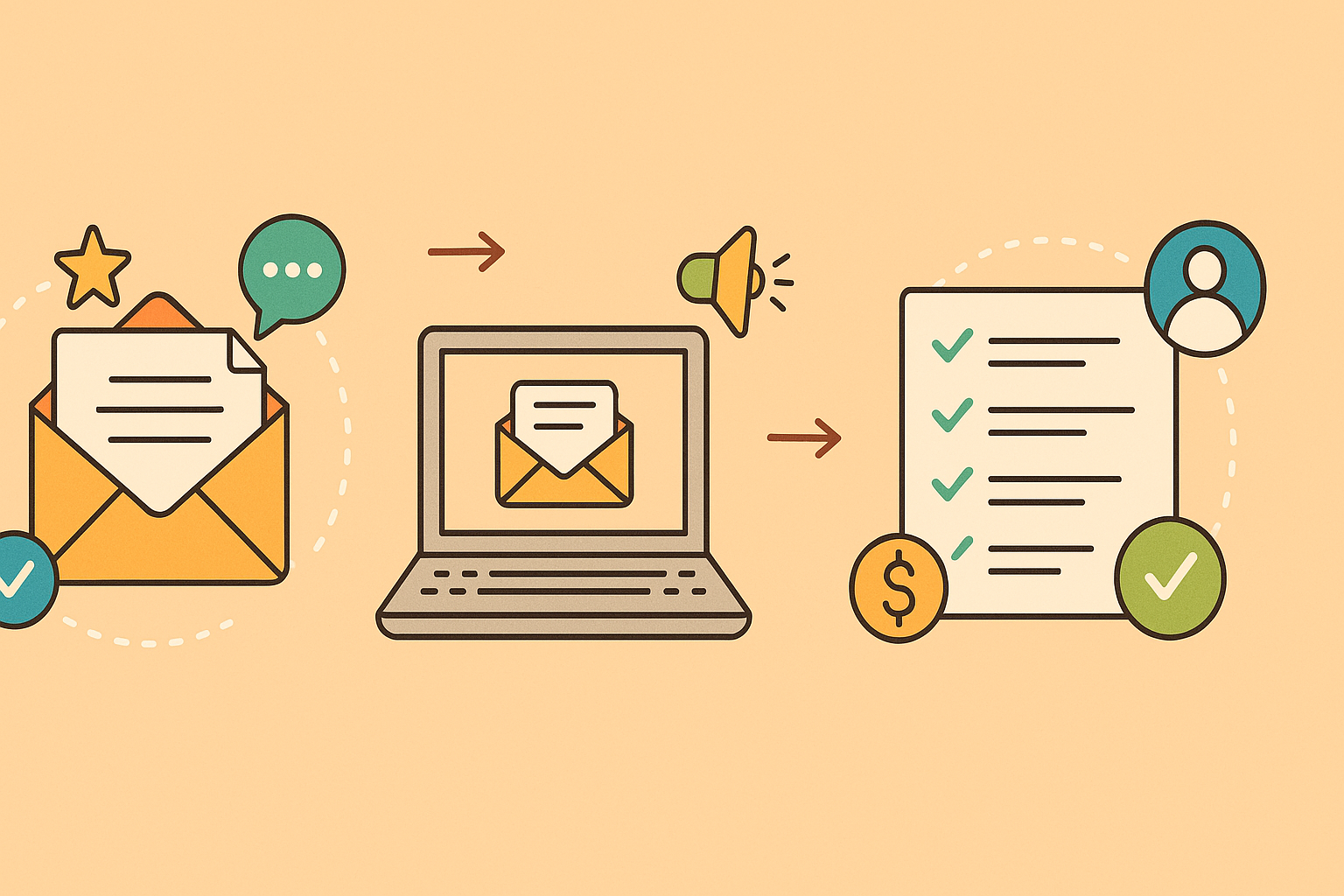Retention marketing focuses on keeping existing customers engaged and turning them into repeat buyers. Unlike traditional acquisition marketing, which aims to attract new customers, retention marketing nurtures customer loyalty and lifetime value (LTV).
Why Retention Marketing and Retention Rate Are Important
- Higher Revenue: Retained customers tend to spend more over time.
- Cost Efficiency: Acquiring a new customer is far more expensive than keeping an existing one.
- Stronger Customer Relationships: Loyal customers become brand advocates and promote your business.
- Sustainable Business Growth: The more customers return, the less dependent your business is on acquiring new leads.
The Role of Email Marketing in Retention Marketing
Email marketing remains one of the most effective channels for retention. It allows brands to build long-term relationships by:
- Delivering Personalized Offers – Sending discounts and product recommendations based on past behavior.
- Providing Educational Content – Helping customers get the most out of their purchases.
- Running Re-Engagement Campaigns – Bringing back inactive customers with exclusive offers.
- Automating Customer Journeys – Sending timely follow-ups and engagement emails based on behavior triggers.
How to Build a Retention Marketing Strategy
Understand Your Customer Journey
Identify key touchpoints where engagement can be improved. Use analytics to track customer behavior and preferences.
Segment Your Customers
Segment your audience to personalize retention strategies:
- New Customers: Welcome emails and onboarding sequences.
- Loyal Customers: VIP offers, exclusive discounts, and referral programs.
- At-Risk Customers: Re-engagement campaigns with incentives.
Leverage Email, SMS & Push Notifications
- Welcome Emails: Make a great first impression by engaging new customers with a personalized greeting.
- Post-Purchase Emails & Push Notifications: Encourage repeat sales with recommendations and timely push notifications to remind customers about their previous purchases.
- Reactivation Campaigns: Bring back inactive customers with targeted email, SMS, and push notification campaigns featuring exclusive discounts and incentives.
Implement a Customer Loyalty Program
A well-structured loyalty program rewards repeat customers with points, discounts, and exclusive perks.
Personalization & Automation
Retention marketing thrives on personalized experiences:
- AI-driven recommendations – Suggest relevant products.
- Dynamic content – Customize messaging based on behavior.
- Automated workflows – Set up email and SMS triggers.
Building a Strong Community
One of the most powerful ways to retain customers is by creating a brand community where they feel valued and connected.
- Exclusive Groups: Private social media groups or community forums.
- User-Generated Content: Encouraging customers to share their experiences.
- Live Events & Webinars: Engaging customers through education and networking opportunities.
Adopt an Omnichannel Approach
Use multiple channels to engage customers:
- Social Media: Interact with your audience.
- Push Notifications: Remind users about promotions.
- Chatbots & Live Chat: Provide instant support.
Measure and Optimize Performance
Track key retention metrics:
- Customer Retention Rate (CRR) – Percentage of retained customers.
- Repeat Purchase Rate – Frequency of repeat purchases.
- Churn Rate – Percentage of customers lost over time.
- Net Promoter Score (NPS) – Measures customer satisfaction and advocacy.
Retention marketing is essential for building customer loyalty, increasing revenue, and reducing churn. By implementing personalized engagement strategies, leveraging automation, using email marketing effectively, and fostering a strong community, businesses can maximize customer lifetime value and long-term success.
🚀 Start optimizing your retention strategy today and turn one-time buyers into lifelong customers!
Sponsor: SendPulse. Great tool to integrate email, SMS, and push notifications seamlessly.


